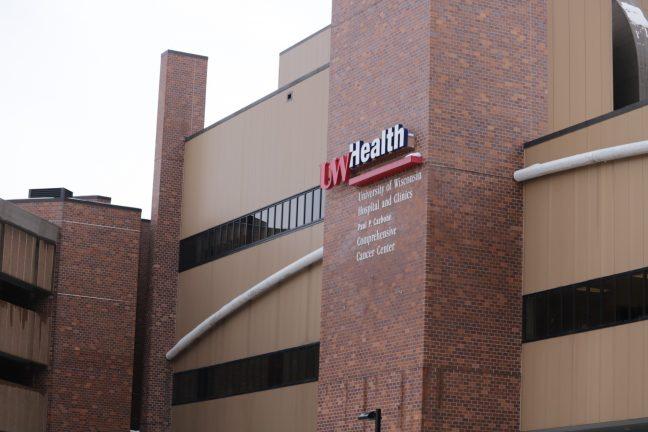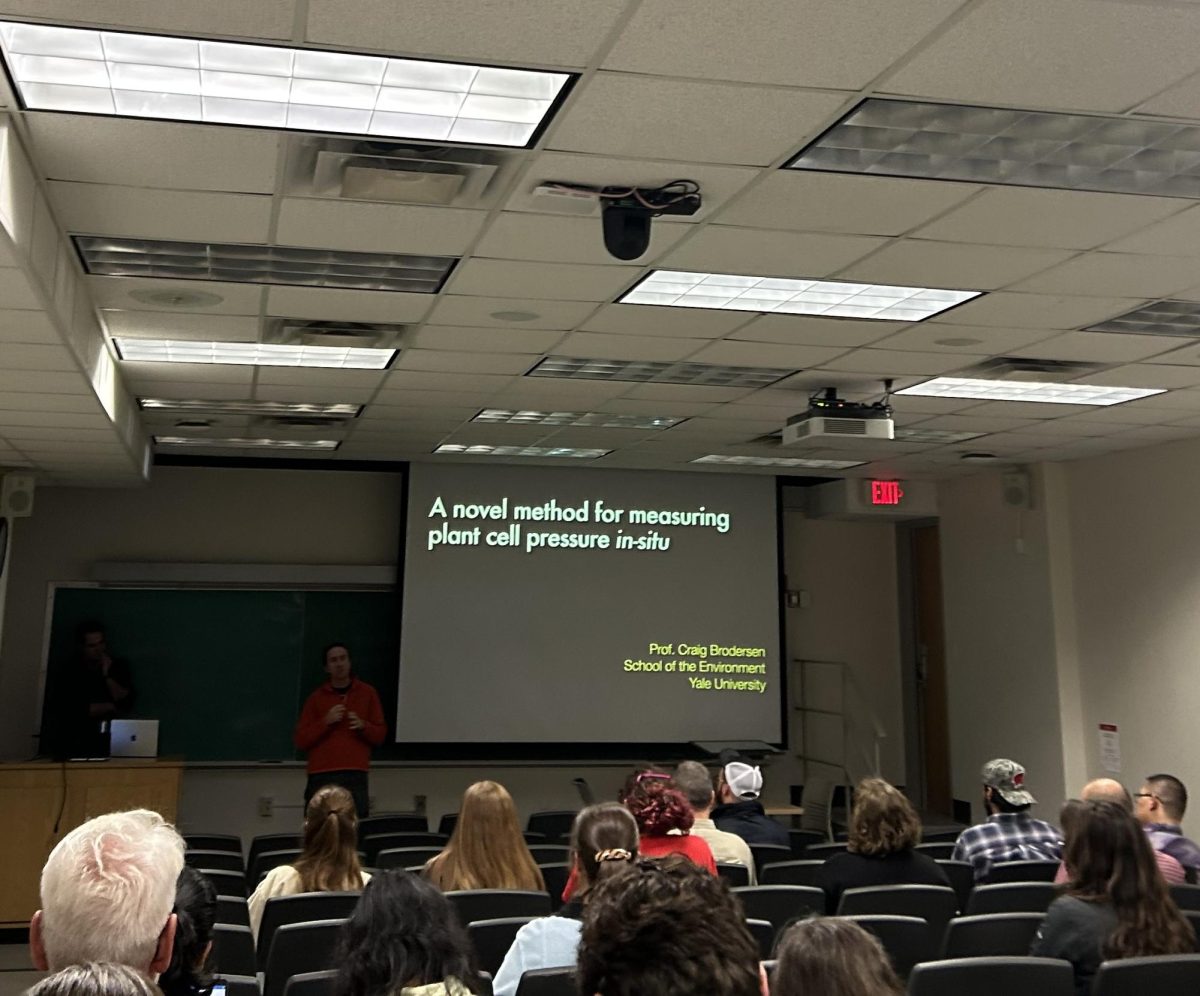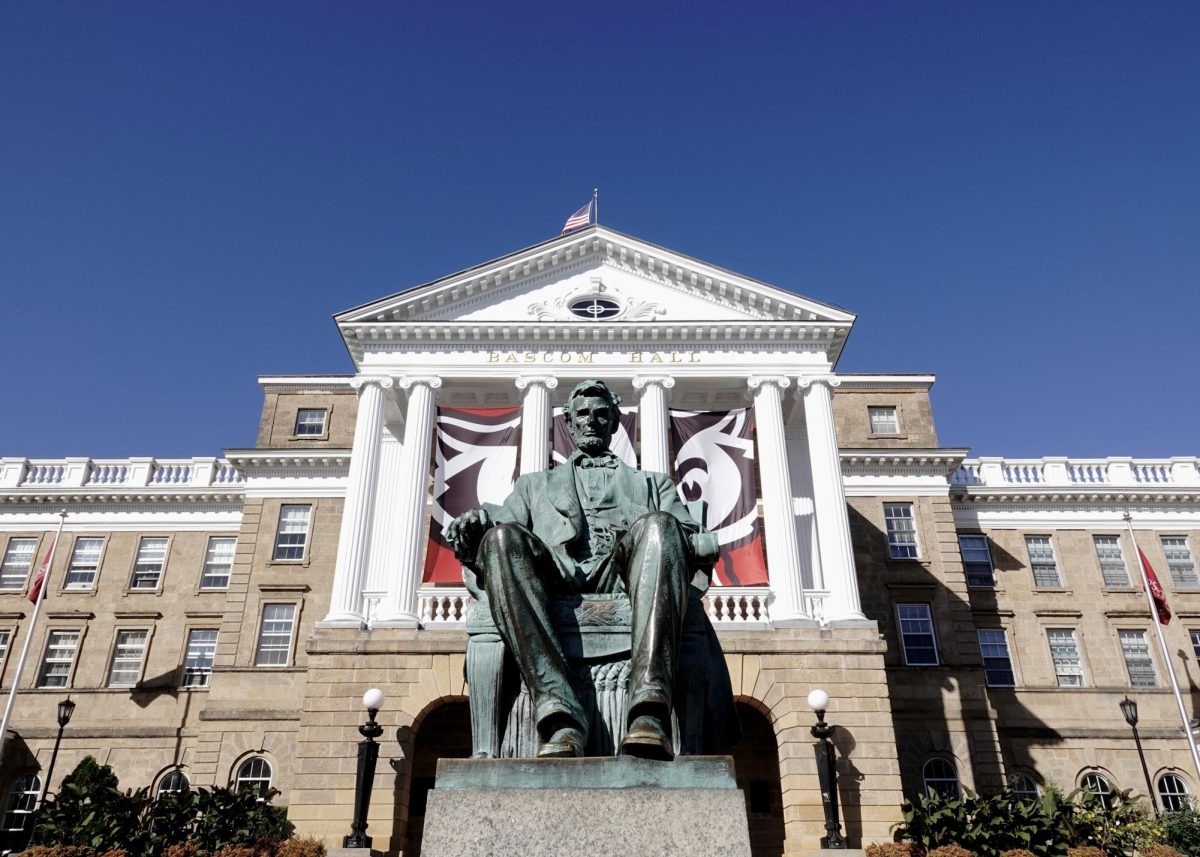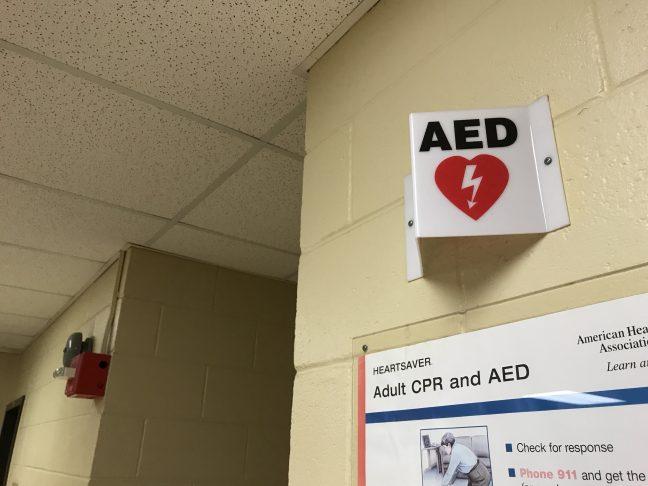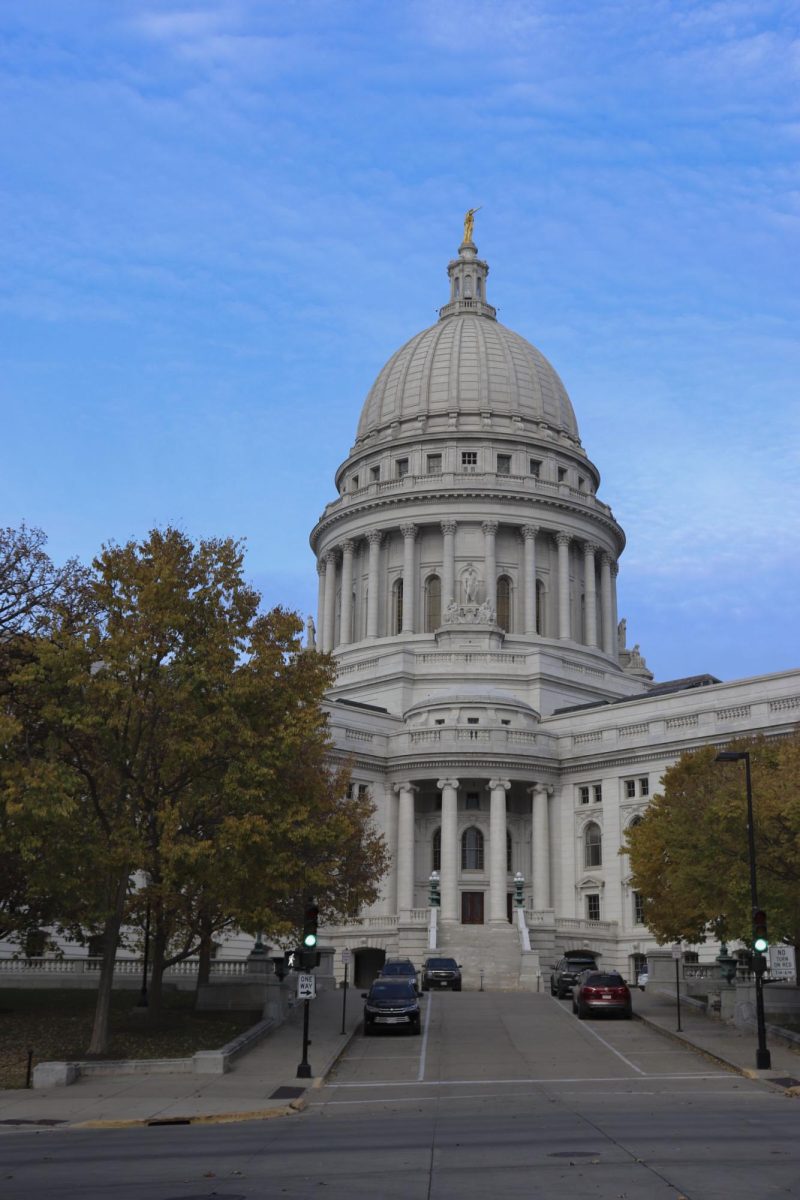After almost three years of the COVID-19 pandemic, the monkeypox virus has emerged as a new public health concern. The United States declared monkeypox a public health emergency Aug. 4, allowing additional funding and resources to fight the virus.
According to the CDC, the first case of the recent outbreak in the U.S. appeared in May and cases have been trending upward since. In August, there were a reported 6,617 cases in the U.S. alone compared to 2021 with only two reported cases.
People with the highest risk of spreading monkeypox are international travelers typically coming from African countries or people who have had contact with diseased animals, according to the CDC.
University of Wisconsin professor of population health sciences Ajay Sethi wrote in an email statement to the Badger Herald that a telltale sign of monkeypox is a rash appearing as pimples or blisters anywhere on the skin or mucosal membranes, which may become itchy and uncomfortable. People with monkeypox may also experience other flu-like symptoms such as fever, chills, headache, muscle aches, swollen lymph nodes, exhaustion and respiratory troubles, according to the CDC.
“It’s important that anyone with the infection isolate themselves to prevent the spread of the virus to others,” Sethi said. “Illness typically lasts two to four weeks.”
Transmission within the U.S. largely occurs through person-to-person contact, such as skin-to-skin contact or contact with bodily fluids and respiratory secretions. The virus has also been spreading through intimate or sexual contact, Sethi said.
Specifically, according to the CDC, 99% of cases were among men and 94% of cases occurred following male-to-male sexual contact. But anyone can be at risk for monkeypox infection, regardless of sexual identification, Sethi said. The virus can spread through any skin-to-skin contact with an infected person or shared bedding or clothing.
Greater risk to COVID-19 associated with genetics, systemic factors
University Health Services communications strategist Sarah Clifford wrote in an email statement to the Badger Herald that to mitigate spread of monkeypox, “University Health Services is working with our local public health partners to ensure our testing, treatment and vaccination protocols are based on emerging guidance.”
Due to the similarity between smallpox and monkeypox, smallpox vaccines can effectively treat monkeypox, according to the CDC.
Should any student begin to show symptoms of monkeypox, they should immediately seek help from UHS or any healthcare provider for a criteria evaluation to determine their eligibility for a vaccine, Clifford said.
Vaccines are accessible only to those who have had close contact with a diseased person.
“[Though] access to vaccines is extremely limited, UHS is currently the only health provider at a higher education institution with a supply of the vaccine that treats monkeypox,” Clifford said. “UHS and their local partners are equipped to treat it.”
Currently, UHS does not anticipate monkeypox having a substantial effect for UW students during the upcoming semester at this time. As of Aug. 16, there were no known cases of monkeypox among UW students, according to Clifford. Sethi advises students to stay up to date on how the virus is spreading and to have a plan to keep themselves and others safe from infection.
Scientists still have a lot to learn about this new outbreak, including if infected people can be asymptomatic, how transmissible the virus is and if it can spread through respiratory secretions, according to the CDC.
Dane County switches to crisis model for contact tracing, UW to ramp up testing
For now, the best way to protect against monkeypox is by thorough hand washing, use of an alcohol-based hand sanitizer and avoidance of close contact with those who are or may be infected.


